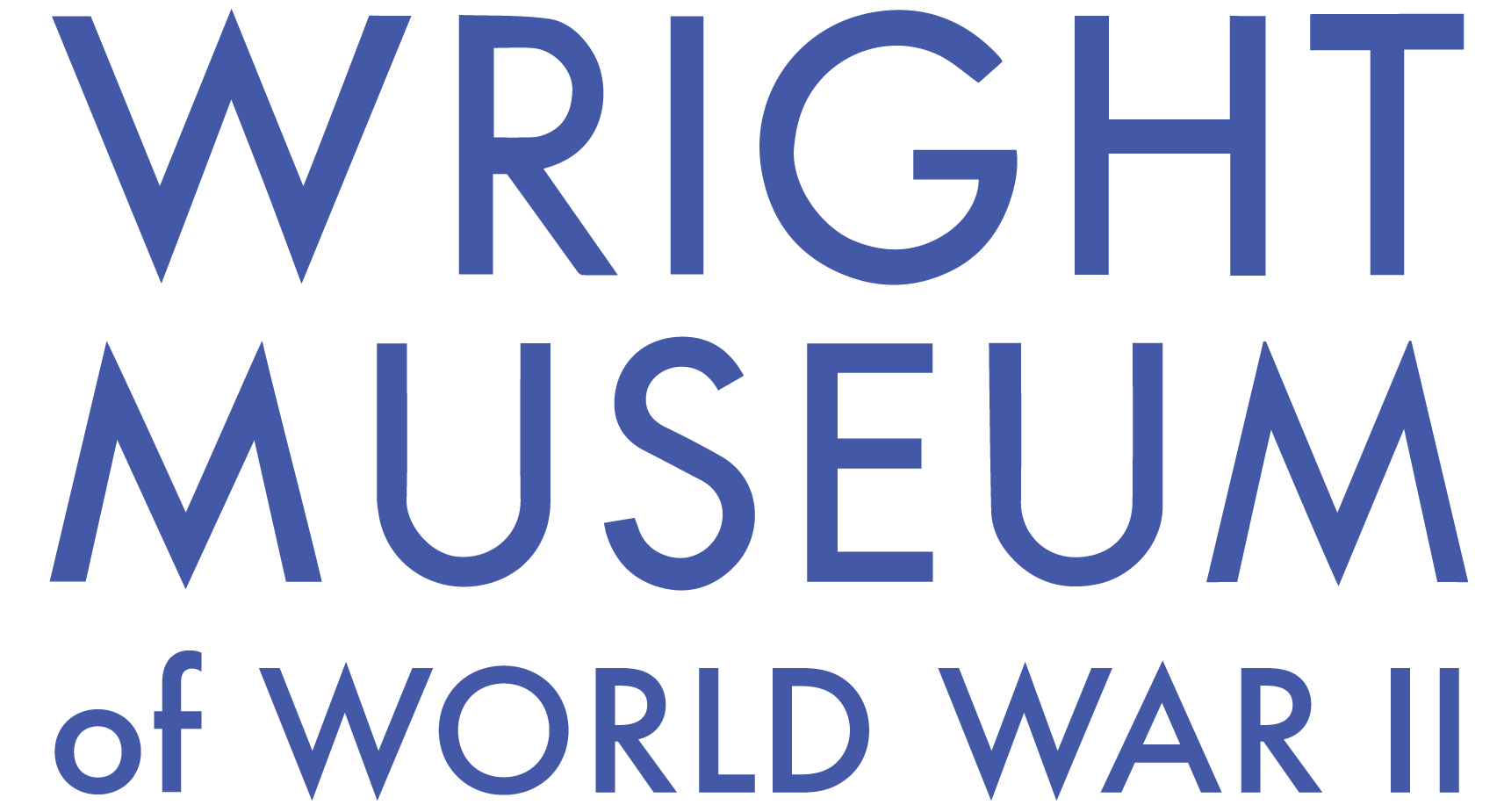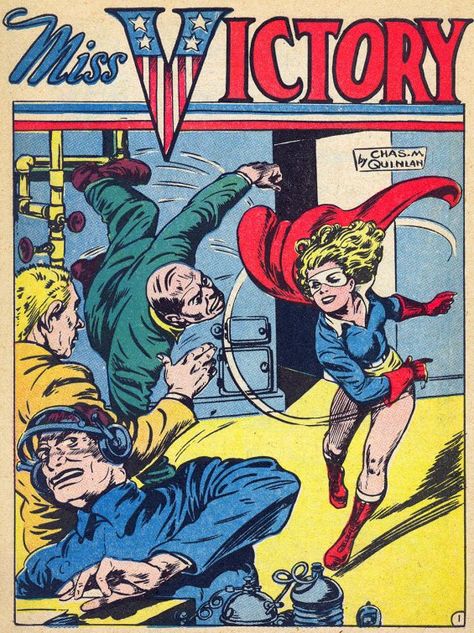World War II was a life-changing event for Americans. Everyone did whatever it took to support the war and defeat Hitler and his Italian and Japanese allies. Men and women joined the armed forces. Women replaced men in factories. Children collected items for the war effort. And superheroes like Captain America, Superman, and Wonder Woman defended America against the Axis powers and their spies.
“Wait…Superheroes?”
That’s right! World War II was on the cusp of the Golden Age of comic books, which first became popular in 1938. The sales of comic books would increase markedly during the World War II era. They were cheap, easy to find, and featured stirring tales of the triumph of good over evil.
Many people in the comic book industry including publishers, creative artists, writers, and illustrators, wanted to make a statement about what was happening in Europe long before many other Americans took notice. As a result, some superheroes got involved in the war before the United States had even entered it. Captain America was one of them. Inspired by the proud Jewish heritage and patriotism of creators Joe Simon and Jack Kirby, “Cap” made his debut – nearly a year before Pearl Harbor – by punching Adolf Hitler in the face.

Released before the U.S. was officially involved in the war and featuring Captain America punching Adolf Hitler in the face, the cover of Captain America Comics #1 proved somewhat controversial at the time of release.
Simon and Kirby, owners of Marvel Comics, were expressing their personal opinions with the image, but their cover spawned a series of threats and hate mail from Americans around the country. New York City mayor Fiorello LaGuardia, though, wholeheartedly approved of the cover. He phoned Simon and Kirby to say “You boys over there are doing a good job. The City of New York will see that no harm comes to you.”
As it turned out, Captain America would become one of the most beloved and widely promoted superheroes of the era, with his likeness appearing on posters promoting Americans to join in the war effort. The government even sent copies of Captain America comics to troops fighting overseas to boost morale.

Cover of Startling Comics featuring The Fighting Yank, dubbed “America’s Super Patriot!” Notice the tricorner hat and colonial style breeches?
After Pearl Harbor, other comic book publishers sprang up with their own superheroes who all fought for “truth, justice, and the American way.” The storylines often kept away from the actual war, whose brutality and huge casualty list might discourage Americans’ resolve to see the war through to the bitter end. Instead the superheroes fought made-up enemies such as Captain Nazi, the Red Skull, Captain Nippon, and Captain Swastika in plots that really didn’t have much to do with the war itself.

An issue of Master Comics featuring Captain Marvel and introducing Captain Nazi as a new villain
The superheroes also promoted patriotism. Clark Kent (aka Superman) tried to join the Army – though he was rejected as 4-F (Unfit for Service) when he inadvertently used his x-ray vision to read the eye chart through the wall in the next office. The real reason he failed was because the government knew the armed forces would lose some battles and thought it would hurt morale if Superman knocked the stuffing out of the enemy while the military met defeats.
Other superheroes whose powers posed less of a threat to morale did join the armed forces and led the same kind of dual lives in the military as they had as civilians. Even Wonder Woman – she became a wartime nurse.
In many cases, the superheroes also reflected the stereotypes prevalent in American society before, during, and after the war. Wonder Woman (aka Diana Prince) was invited to join the all-male superheroes’ Justice Society of America. However, what could have been a breakthrough for women, wasn’t quite that – they made her their secretary.

Miss America, the “Scourge of the Nazis”
Despite their wartime popularity, some of the superheroes, such as Miss Victory, Miss America, the Star-Spangled Kid and Stripesy (the first teenage superhero with an adult sidekick), Minute-Man, Yankee Girl, and the Fighting Yank, have faded into obscurity. And who remembers their evil nemeses – Captain Nazi, Captain Nippon, and Captain Swastika?
Yet many, such as Superman, Batman and Robin, Wonder Woman, and Captain America remain popular to this day.





